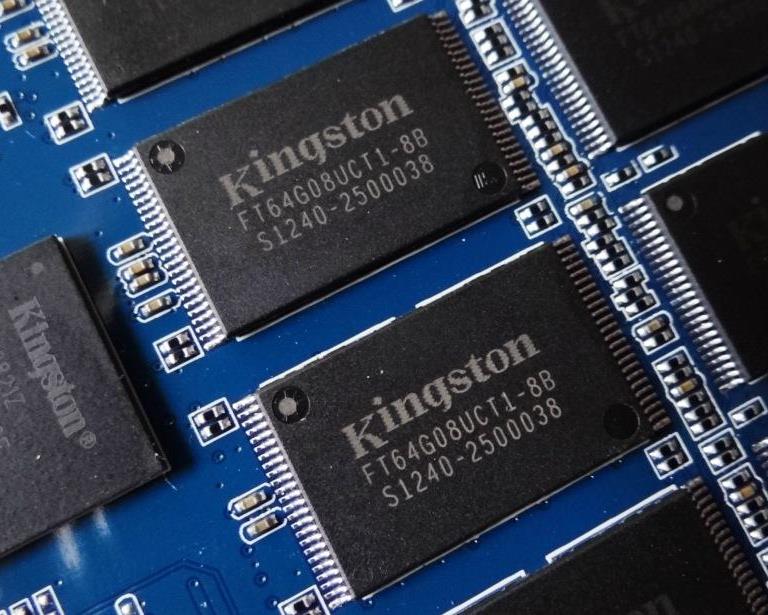I've had a relatively high'er spec (i7 , 8Gb) Dell 17r (7720) for the last three years or so. In the first few months, when using LR and PS, it was ok but nothing to write home about it. Then it progressively got worse and worse. It didnt help when I got a new camera and started processing those 36Mp files.
It got so bad that I considered getting an Apple and see what the other side of the fence looks like. When monitoring my system before, disk usage was always @ 100% (it had a cr@ppy 5400 rpm 1Tb disk). I resorted to configuring Windows for "Performance" rather than "looks" , disabling Indexing , uninstalling software, etc all provided minor gains but nothing really seemed to help drastically. Memory and CPU were fine.
Last week I upgraded to a new 500Gb Samsung SSD. All I have to say is WOW man...that thing flies now. Boots up W8.1 in about 6 seconds, and does everything super fast. The migration was pretty straight fw with the main complexity being that Windows didnt recognize the SSD in the first place and that the Stoopid Dell BIOS doesnt let you reconfigure the disk boot order, so you have to physically move the disks from one bay to the other.
I definitely recommend getting an SSD if you havent yet. Its literally like having a new laptop
cheers
It got so bad that I considered getting an Apple and see what the other side of the fence looks like. When monitoring my system before, disk usage was always @ 100% (it had a cr@ppy 5400 rpm 1Tb disk). I resorted to configuring Windows for "Performance" rather than "looks" , disabling Indexing , uninstalling software, etc all provided minor gains but nothing really seemed to help drastically. Memory and CPU were fine.
Last week I upgraded to a new 500Gb Samsung SSD. All I have to say is WOW man...that thing flies now. Boots up W8.1 in about 6 seconds, and does everything super fast. The migration was pretty straight fw with the main complexity being that Windows didnt recognize the SSD in the first place and that the Stoopid Dell BIOS doesnt let you reconfigure the disk boot order, so you have to physically move the disks from one bay to the other.
I definitely recommend getting an SSD if you havent yet. Its literally like having a new laptop
cheers


